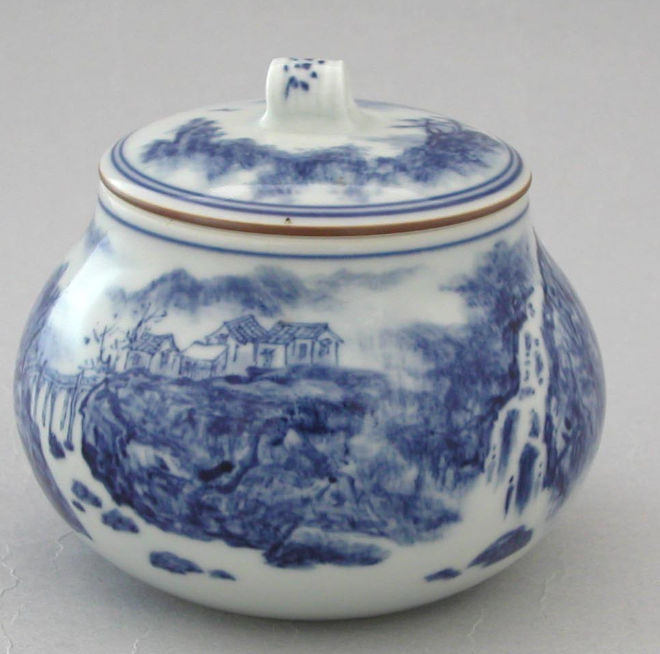Ceramic tea pots are the 5,000-year-old Chinese culture, and ceramics are the general term for pottery and porcelain. Humans invented pottery as early as the Neolithic Age, about 8000 BC. Ceramic materials are mostly oxides, nitrides, borides and carbides. Common ceramic materials are clay, alumina, kaolin and so on. Ceramic materials generally have higher hardness, but poor plasticity. In addition to the use of tableware and decoration, it also plays an important role in the development of science and technology. The raw material of ceramics is obtained by quenching the earth’s original large resource clay. The nature of clay is tough, it can be molded when it meets water at room temperature, it can be carved when it is slightly dry, and it can be ground when it is completely dry; it can be made into pottery when it is fired to 700 degrees, and it can be filled with water; corrosion. The flexibility of its usage has various creative applications in today’s culture and technology.
To hold tea leaves: green tea, black tea, Tieguanyin, rock tea, bergamot, Yunnan black tea, white tea, Dahongpao, etc. Food: various seasoning jars, storage jars, honey jars, sugar jars, water jars, etc. After the tea can is used, it can be used for planting flowers, for home storage of coarse grains, and for decoration.
Post time: Feb-22-2023






